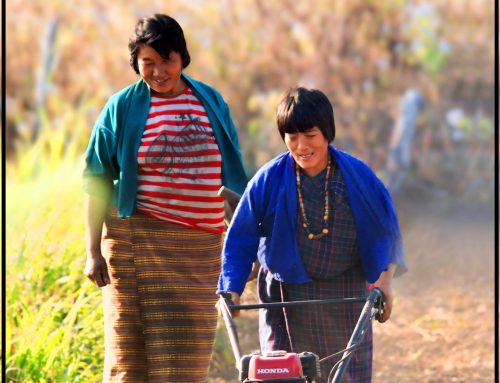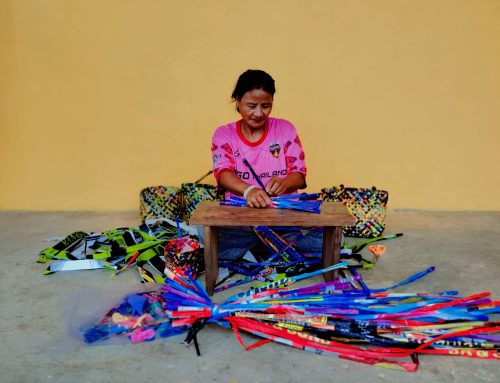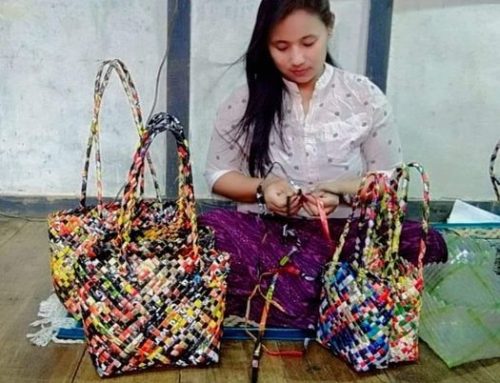One of the Lhomon Education’s (LME) endeavors is to draw upon local resources and knowledge, making it relevant to the local social and cultural values, and that of Bhutan in general. Practiced since 15th century on, categorized into 13 prominent forms (ZorigChusum), traditional Arts and Crafts weave into every fabric of Bhutanese social, culture, and spiritual significance.
Heading into the 21st century digital world, some see these 13 art forms as “13 Science.” Convincing enough, the possibility of modern education thematic connection with these ancient Bhutanese art forms can be of great benefit indeed. For example, the Mandala Thanka paintings are full of geometry and related measurement skills.
With these prospects in mind, LME Lead Teacher, Dr. Yang Gyeltshen recently visited Trashiyangtse Zorig Chosum Institute to interact with Zorig Instructors and collect relevant materials for the development of LME curriculum Unit on Art and Culture.
Following are some of the Zorig classroom pictures taken during his recent visit. Without doubt, the first thing one can witness is the level of concentration (focus attention) each student is engaged in, to get to its intricate, finer details of each art forms. Eventually, this builds one’s total concentration skills required for any serious job.
Used to be, some believe, Japanese monks were usually good in painting. They practiced painting not to become famous artists but to build focus and gain concentration skills. They found drawing or painting to be one of the best medium to get to higher levels of concentration without distraction.
Likewise, these days, especially teachers try every means to gain student attention in the classrooms. Even if not anything else, students indulging in art activities have such educational and personal benefits.





